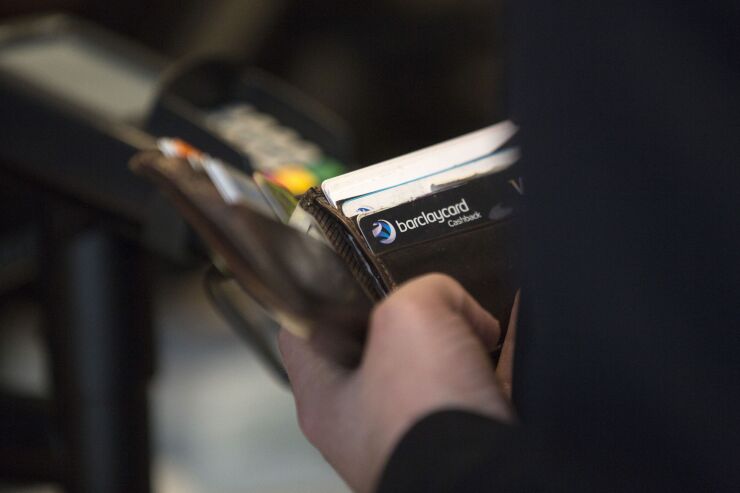With the ongoing coronavirus pandemic prompting more consumers to use contactless payments, the U.K.’s banks have seen an opportunity to argue for a substantial increase to the current contactless payments limit, a move which could majorly benefit the biometrics payments industry.
The industry trade body U.K. Finance is now urging the U.K. Treasury to move the limit to £100, as a consequence of multiple surveys showing that more U.K. consumers are opting to use contactless payments in preference to chip and PIN, partly due to hygiene concerns surrounding keypads. This month,
As with any new increase to the contactless limit, this would come with a greater risk of fraud, particularly as the average consumer in 2021 often carries multiple cards on their person.
“The move to £100 does seem like a big jump from £45,” said Dean Wallace, director of Consumer Payments Modernization at real-time payments company ACI Worldwide. “For some consumers, this will increase their risk exposure quite considerably. A decade ago, only one in four consumers had an account with more than one bank. But with the onset of challenger banks and the drive to compete for different products on the retail banking high street, it’s now much more common for consumers to have more than one account or bank relationship.”

For customers who own five cards, the proposed new limit would increase their risk exposure from £225 to £500, according to Wallace. Other industry figures predict that one of the main consequences could be a push for increased card security, which would likely be a boon for the biometric payments industry.
Technologies like Apple Pay have been able to set higher payment limits while mitigating the relative risk of fraud, because each transaction is authenticated with Touch ID or Face ID biometrics, according to Gareth Lodge, a payments analyst at research and advisory firm Celent.
Lodge predicts that having contactless cards built with integrated biometric authentication could make consumers more comfortable when utilizing cards with a higher contactless limit, but only if these cards avoid adding unnecessary friction to the payment process.
“The question becomes what is appropriate authentication, so finding a way to balance customer experience with the security of that authentication,” he said. “Biometrics like Touch ID feel better to a consumer because there are fewer steps, but it’s also more normal to them. After all, we have to do that step to unlock our phones a hundred times a day, so we don’t associate it with the payment part of the process. So this may well prove to be a boon to biometrics, but only if they are as invisible and frictionless as something like Touch ID.”
Even in the U.S., where the use of a PIN for chip-card transactions is not as prevalent as in the U.K., there is
According to key leaders within the biometrics field, the industry is already poised to take advantage, having noted a trend of rising contactless limits around the globe, from €50 in all EU countries to $250 in Canada. BNP Paribas is in the latter stages of a project adding biometric authentication to contactless payments, with a Visa card that stores fingerprint information, and with the price point of biometric technology dropping, more banks may begin to follow suit.
“New cards launching in 2021 with the latest generation of biometric technology will offer a more compelling price point and an improved user experience,” said Vince Graziani, CEO of IDEX Biometrics. “Biometric payment technology will become increasingly necessary, the fingerprint replacing the PIN. Chip and PIN technology basically eliminated card-present fraud. Contactless payment methods, while convenient, have made fraud a major concern once again, and increasing transaction limits is increasing the level of fraud exposure.”





